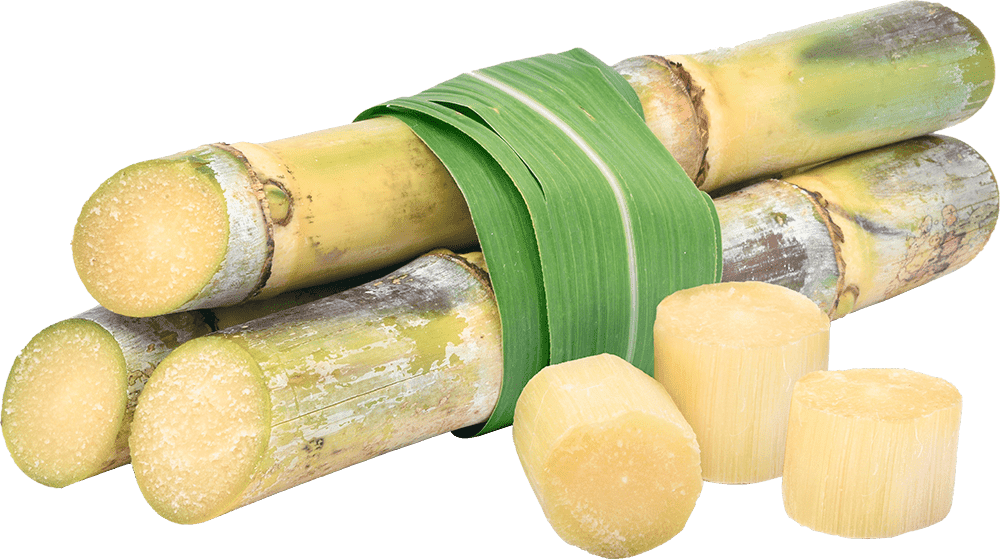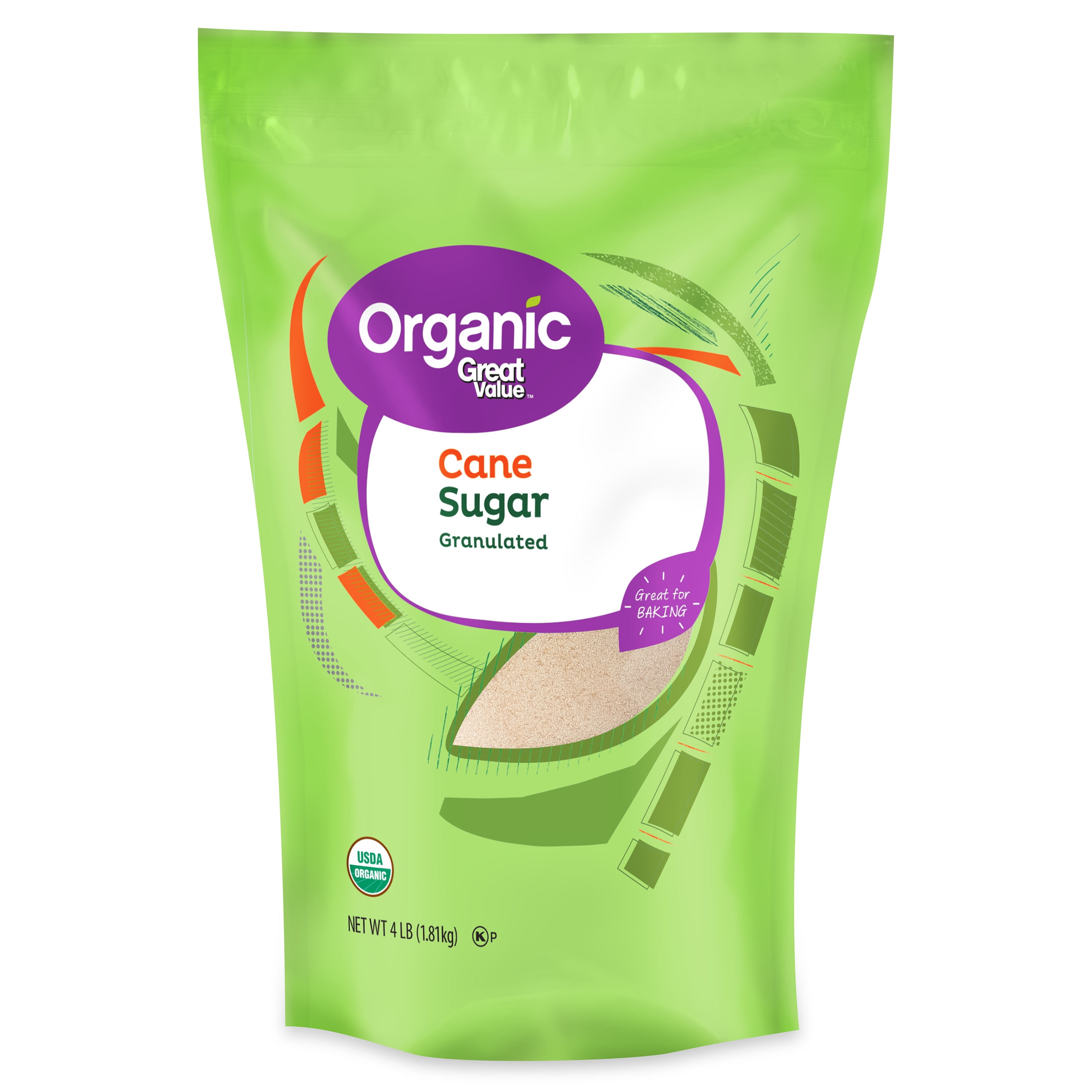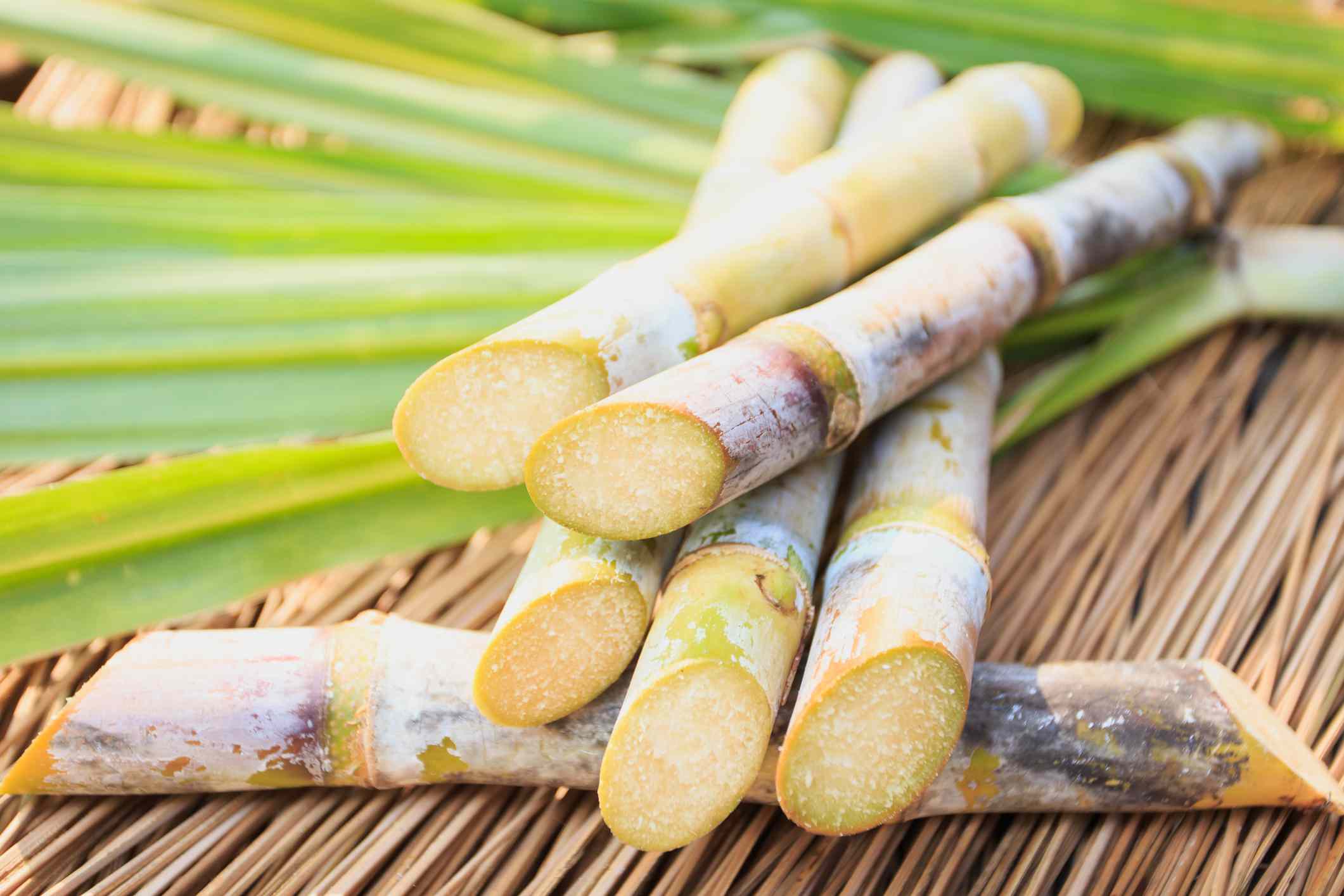The Trip of Cane Sugar Processing: From Harvest to Crystals
The Trip of Cane Sugar Processing: From Harvest to Crystals
Blog Article
Exploring the Comprehensive Steps Entailed in Walking Cane Sugar Processing From Gathering to Improvement
The process of cane sugar production incorporates a collection of detailed actions, beginning with the cautious harvesting of sugarcane and finishing in the improvement stages that guarantee the last product satisfies sector requirements. Each stage, from the extraction of juice to the filtration and condensation procedures, plays a critical function in establishing the high quality and personality of the sugar.
Gathering Sugarcane
Collecting sugarcane is a critical action in the cane sugar handling chain, as it directly influences the top quality and yield of the last item. Appropriate timing and techniques are essential during this phase to make certain ideal sugar content and reduce losses. Generally, sugarcane is gathered when it reaches maturity, generally 12 to 18 months after planting, defined by a high sucrose focus.

Post-harvest, the sugarcane has to be refined promptly to stop sucrose destruction. Preferably, gathered walking stick ought to be transported to processing centers within 24 hours to maintain sugar quality. As a result, reliable logistical planning is essential to keep the stability of the gathered crop throughout the supply chain.
Extraction Process

The crushed walking cane goes through a collection of pushing operations to make the most of juice recuperation. Typically, warm water is splashed onto the smashed cane, developing a countercurrent flow that helps dissolve the sugar while also helping in the removal process. The juice accumulated from this procedure has not just sugar but additionally various natural compounds and impurities.

To improve removal performance, some centers may use diffusion approaches, where the sugarcane is taken in warm water, enabling the soluble sugars to diffuse right into the liquid. The resulting juice, rich in sucrose, is then guided to subsequent handling phases, laying the structure for filtration and improvement. The removal process is hence essential in identifying the top quality and return of the last sugar product.
Purification Strategies
The purification techniques utilized in walking stick sugar handling are essential for transforming the raw juice right into a top quality sugar item. These methods mostly intend to remove impurities, such as soil, plant products, and inorganic compounds, which can adversely impact the end product's taste and color.
Among one of the most usual filtration methods is explanation. This process involves including lime and heat to the raw juice, which facilitates the coagulation of contaminations. The resulting precipitate is then removed with sedimentation or purification, producing a more clear juice. Additionally, using phosphoric acid can boost the explanation procedure by further binding impurities.
Another significant strategy is carbonatation, where carbon dioxide is introduced to the made clear juice. This reaction generates calcium carbonate, which captures staying contaminations and promotes their removal.
In addition, triggered carbon therapy may be related to adsorb any kind of staying colorants and organic contaminations, making sure an extra polished product. The mix of these methods successfully prepares the sugar juice for subsequent steps in the refining process, establishing the stage for the production of premium cane sugar.
Crystallization Techniques
After the purification phase, the next important action in walking stick sugar processing entails condensation methods, which play an essential function in transforming the made clear juice right into strong sugar. This procedure typically uses 2 key methods: spontaneous crystallization and regulated formation.
In spontaneous formation, supersaturated sugar options are enabled to cool down naturally, leading to the development of sugar crystals over time. This technique allows for the uniform development of sugar crystals and higher purity.
Throughout crystallization, the clarified juice is focused via dissipation, increasing its sugar material until it reaches supersaturation. Once this point is attained, either technique can assist in the formation process. Cane Sugar Processing. The resultant sugar crystals are after that separated from the staying syrup with centrifugation
Ultimately, i thought about this the selection of condensation technique affects the high quality, size, and purity of the last sugar item, making this action crucial in the total walking stick sugar processing treatment.
Improvement and Packaging
Just how can the pureness and top quality of cane sugar be better improved after condensation? The improvement process plays a critical duty in accomplishing top notch walking cane sugar. Following condensation, sugar undertakes a comprehensive cleaning to get rid of pollutants and residual molasses. This is typically accomplished utilizing cozy water or heavy steam, which aids liquify and extract unwanted aspects while preserving the sugar crystals.
Next, the sugar goes through a procedure called centrifugation, where it is rotated at high rates to divide the detoxified sugar crystals from the remaining fluid. After centrifugation, the sugar is commonly further fine-tuned through an approach called carbonization or phosphatation, which makes use of activated carbon or phosphoric acid to remove shade and off-flavors.
When fine-tuned, the sugar is dried out to accomplish the wanted wetness web content, making sure that it remains stable throughout storage space and transportation. The last step involves packaging the refined sugar in closed and moisture-proof containers to maintain its top quality and stop contamination. Cane Sugar Processing. Correct product packaging not just prolongs shelf life yet also facilitates easy handling and circulation, making certain that consumers get sugar that meets the greatest requirements of pureness and top quality
Verdict
The thorough steps included in walking stick sugar handling, from the thorough harvesting of sugarcane to the detailed improvement and product packaging stages, highlight the importance of each stage in ensuring high-grade sugar manufacturing. Optimum harvesting techniques, effective removal methods, and strenuous purification procedures collectively add to the final product's pureness and security. The crystallization and subsequent packaging techniques better enhance the integrity and life span of the sugar, highlighting the complexity and accuracy integral in this vital agricultural sector.
The procedure of walking stick sugar manufacturing encompasses a series of elaborate actions, beginning with the cautious harvesting of sugarcane and culminating in the refinement stages that ensure the final product meets market standards. Preferably, gathered walking cane must be carried to refining facilities within 24 hours to maintain sugar high quality.In spontaneous crystallization, supersaturated sugar remedies are allowed to cool naturally, leading to the development of sugar crystals over time - Cane Sugar Processing. The improvement here are the findings procedure plays an important function in attaining top quality cane sugar.The detailed steps involved in walking cane sugar processing, from the thorough harvesting of sugarcane to the complex improvement and product packaging phases, emphasize the value of this page each phase in guaranteeing high-grade sugar manufacturing
Report this page